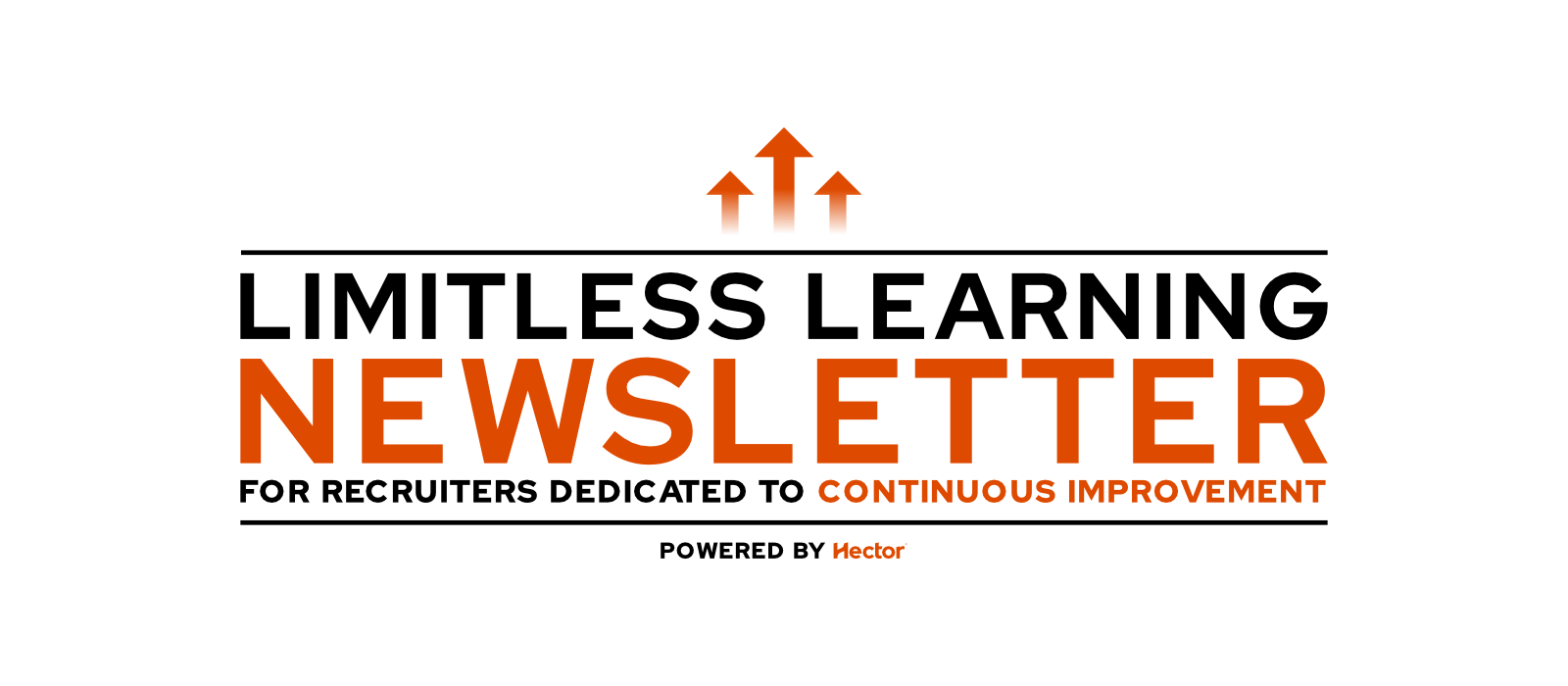The power of pitch decks in your sales process
If you want to win more business, you need to start creating sales assets.
Not only will you equip yourself with more confidence to let your track record talk rather than fumbling and explaining case studies on the phone, but you’ll also have a set of professional assets every time.
It’ll make you look more put together, more knowledgeable, and potentially one-up your competition.
Investing in assets that you can use on a day-to-day basis can be your secret weapon for business development.
There are too many recruiters who still rely on spec CVs or “their word” that they’re good at their job. Nowadays, that simply isn’t enough.
We’ve put together three different suggestions for you, as well as guidance on when you should use these assets and what you can potentially gain from them.
Capability document (2-3 pages)
What is it?
A capability document is a great sales tool which enables you to showcase your individual capability as a recruiter – or – if you work in a small delivery team, the capabilities of the team.
When should you use it?
You should use your capability document as a business development tool, as a follow-up after you’ve explained your services to a prospective client.
You can also use a capability document as a handout at the end of a client meeting.
What should you include?
- Experience
- Roles covered
- Candidate and client testimonials
- geographies/locations
- 2-4 case studies
One pager
What is it?
A one-pager is a sales tool that should be used for individual capability over team capability. It is a clear and concise 1-page document that details all of the key points a client would want to know.
When should you use it?
You should use it similarly to a capability document, but mostly to showcase your personal skills/accolades as opposed to a team capability.
You can also use it in replacement of a capability document if you think the client is unlikely to read a longer document, or, a longer document doesn’t feel necessary in the context of the conversation that you’ve had.
What should you include?
- Experience
- Roles covered
- Candidate and client testimonials
- geographies/locations
Personalised pitch deck (8-10 slides)
What is it?
A personalised pitch deck is sales collateral that is more in-depth than the previous two. It can be used to win larger projects that would benefit a whole team or multiple areas within the business.
When should you use it?
This should be used for client pitches only, not only because it’s personalised, but also due to its length. You may want to have someone else come and present this pitch deck with you.
Equally, you can also send the pitch deck to the client without a presentation – it depends on what you’ve agreed.
What should you include?
- Experience
- Roles covered
- Team setup
- Candidate and client testimonials
- geographies/locations
- 2-4 case studies
- Client research
- Vision and values/EVP
Still not convinced?
Watch this clip (from 44:41 – the importance of having a visual asset in your sales process).
Who can put these together for you?
Depending on the size of the agency you work for, your in-house marketing team should be able to put this together for you.
If you don’t have an in-house function, then creating something like this on Canva will take you very little time (to make it visually appealing).
You can also work with a freelance copywriter and designer to create this for you – the reality is you’ll probably need to update it once or twice a year (and ask for an editable version of pitch decks to make it budget friendly).
FYI: Done is better than perfect with this.
You’re better off creating something basic and using it (and improving it over time) than being a perfectionist and waiting until you have the time or budget to do it.
As long as it is grammatically correct and branded with a logo as a starting point, you’re good to go.
Also, make sure you get permission from clients for case studies (it sounds like common sense, but so many people forget to do this). You can see our full Pitch Deck guide here. (This was inspired by our good friend in the community Adam Garvey who shared his framework with us for a course at Hector – Thanks, Adam !)

